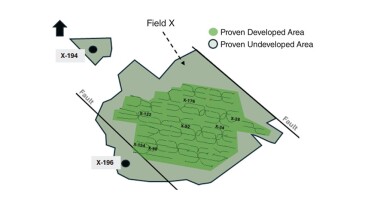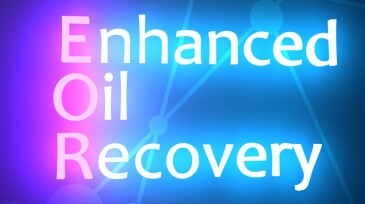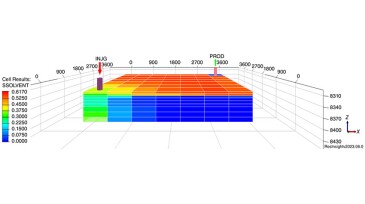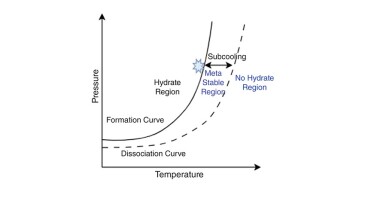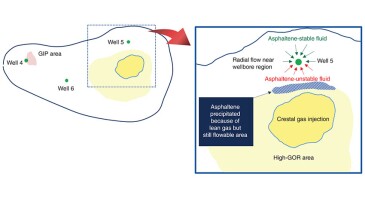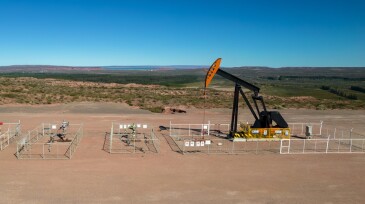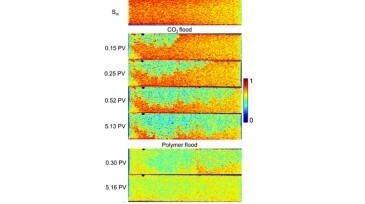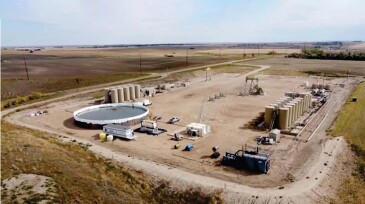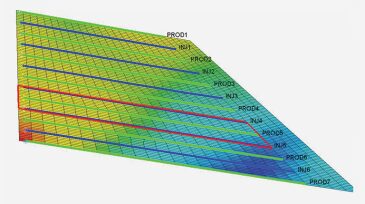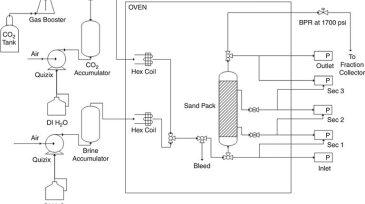water alternating gas flooding
-
This study leverages oil-fingerprinting technology and geochemical data to evaluate the fluid connectivity between a main field and its stepout wells.
-
Investigation into the parameters affecting the displacement efficiency of CO2 injection under miscible and near-miscible conditions in the presence and absence of mobile water saturation using carbon dioxide core injection experiments.
-
The authors present an open-source framework for the development and evaluation of machine-learning-assisted data-driven models of CO₂ enhanced oil recovery processes to predict oil production and CO₂ retention.
-
This study investigates hydrate formation in a water-alternating-gas injection well under water-to-gas and gas-to-water changeover operations.
-
This paper reports the observation of stealth asphaltenes, a potential flow-assurance issue, by means of experimental analysis.
-
This study proposes a hybrid model that combines the capacitance/resistance model, a machine-learning model, and an oil model to assess and optimize water-alternating-gas (WAG) injectors in a carbonate field.
-
In this paper, the authors propose polymer-assisted water-alternating-gas (WAG) injection as an alternative method to reduce gas mobility while reducing the mobility of the aqueous phase and, consequently, improving WAG performance.
-
Injecting gas plus water proved more effective and less costly than gas-only injection in the Bakken.
-
This paper discusses the operation of the largest offshore high-pressure water-alternating-gas (WAG) injection pilot using hydrocarbon (HC) gas, with a gas-injection capacity of approximately 100 MMscf/D, in the giant Al-Shaheen field offshore Qatar.
-
Aqueous foam has been demonstrated to have promise in conformance-control applications. This paper explores the foaming behavior of a CO2-soluble, cationic, amine-based surfactant.
Page 1 of 2

